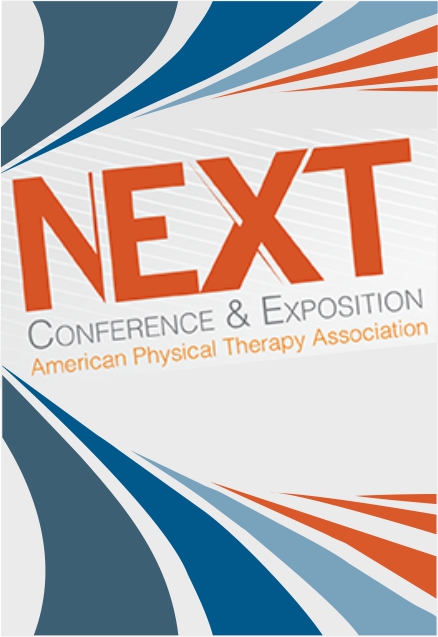
APTA 2015: Lack of evidence for infrared light therapy of diabetic peripheral neuropathy

APTA 2015: Lack of evidence for infrared light therapy of diabetic peripheral neuropathy
Effectiveness of Infrared Light Therapy in the Treatment of Diabetic Peripheral Neuropathy: A Systematic Review
CONFERENCE ACE REPORTS
This ACE Report is a summary of a conference presentation or abstract. The information provided has limited the ability to provide an accurate assessment of the risk of bias or the overall quality. Please interpret the results with caution as trials may be in progress and select results may have been presented.
Synopsis
8 studies were selected for inclusion in a systematic review of infrared light treatment for diabetic peripheral neuropathy (DPN). Evidence evaluating Infrared light treatment in comparison to a control treatment was evaluated to determine whether or not this treatment can reduce the loss of sensation, pain, and improve the quality of life in patients with DPN. The results from this systematic rev...
To view the full content, login to your account,
or start your 30-day FREE Trial today.
FREE TRIAL
LOGIN
Forgot Password?
Explore some of our unlocked ACE Reports below!

Learn about our AI Driven
High Impact Search Feature
Our AI driven High Impact metric calculates the impact an article will have by considering both the publishing journal and the content of the article itself. Built using the latest advances in natural language processing, OE High Impact predicts an article’s future number of citations better than impact factor alone.
Continue



 LOGIN
LOGIN

Join the Conversation
Please Login or Join to leave comments.